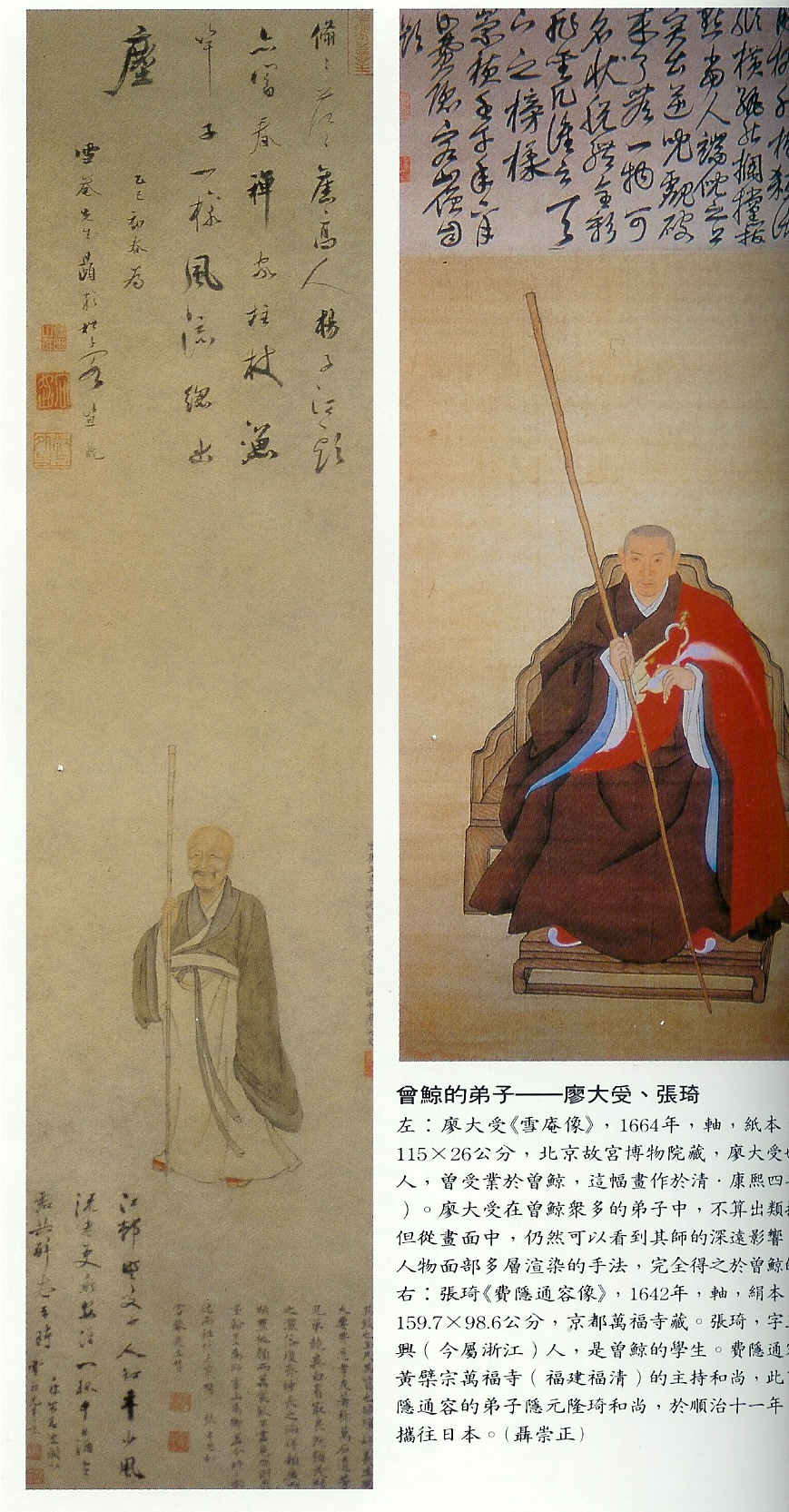Ming4
Summing up SUMMER
Cont.: Fashionable objects
Clothing
etc.
Sartorial
regulations were transgressed to an extent that social status was not clearly
visible any longer in the streets. Not only was inappropriate dressing common
but the volatility of fashion was created by a constant ‘re-writing’ of the
rules of taste to distinguish between refinement and vulgarity. Rules of taste
and distinction referred to
►
clothes, shoes, hats, ornaments;
►
furniture
►
food
►
works of art (paintings, antiques) and
►
values and beliefs.

On
the concrete level the production of fakes facilitated to keep up with the
latest changes of fashion. On the abstract level philanthropy was cultivated
and ‘goodness calibrated’ by creating a system that compared moral and monetary
values.
Books
Brook mentions the manual The Exploitation of the Works of Nature (Tiangong kaiwu) as a
work that although it undoubtedly was of great practical value disappeared
from the market. This is probably less due to the “unappealing” content as
he supposes. Song Yongxing (1587-1666?) was a highly
critical observer of the Ming - Qing transition
and Manchu politics. His works for this reason may not have been included
in the imperial catalogue Complete Works
of the Four Treasuries (Siku quanshu) of
the Qing Dynasty produced by the famous literary
inquisition and therefore found little support for reprints.
The Jesuit father Matteo
Ricci (1552-1610) describes in detail the technique of Chinese book production.
In return the Chinese official in the secondary capital of
The
Route books and travel
Route books and prospects
reveal that private travel became a favorite past time of the well-to-do.
While
►official travel had been a necessity
(in order to take up a new position or to inspect public works etc.) and were
facilitated by the service stations of the postal network, and
►commercial travel had been common
since the third emperor Yongle lifted the ban on
travel that his father had propagated,
► private
travel became popular only in the late Ming. With local gazetteers and route
books available to prepare travel and maintain orientation on the way “travel
had been absorbed into the gentry project of cultural
refinement” (Brook, 181).
► Women went on pilgrimages,
just like men. This was not always commented on favorably. Orthodox officials
regarded traveling women as rather disturbing, yet temple fairs attracted
men and women alike and the mobility of women increased remarkably.
Production for consumption
Grain and textiles
Grain was the ‘most traded
consumption item’ (Brook, 190) since the preparedness granaries that had been
setup under the rule of Emperor Hongwu were abandoned.
► The graineries were not maintained any longer when grain transportation
was facilitated (by the
► when workers could no longer be
recruited by the lijia
communities which disintegrated due to the changes in the pattern of occupation
that occurred since the early Ming, and
► when the
irrigation system designed for rice paddies was destroyed in those centers
in which paddies were transformed into cotton fields.
The production of grain and textiles –
during the early stage of the dynasty described as ideally accomplished by
labor division among genders (“men plough, women weave”) - could now be found
in regionally different centers of the empire:
Textile production saw extensive labor
division and job specialization:
►Silk:
1.
cultivation of mulberry trees (to feed silkworms with
leaves)
2.
tending the silkworm eggs until they hatch
3.
feeding the silkworms
4.
tending the silkworms as they stop eating and begin to
spin cocoons
5.
reeling the cocoons
6.
dressing the loom according to the pattern
7.
weaving
__________________________________________________________
8.
sale of fabric
► Cotton:
1.
cultivation of cotton plants
2.
picking cotton
3.
ginning cotton (removing the seed from the cotton ball)
4.
spinning
5.
dressing the loom and weaving
__________________________________________________________
6.
sale of fabric
In the late Ming merchants made the biggest
profits by buying cheap raw material which they distributed among the weavers
and selling the finished product for a high price. The merchants created a
market economy by
► using the state communication system
to link local economies
► organizing regional rural and urban
(workshop) labor into a consecutive production process
► linking production and consumption
► involving the gentry society (and
thus improving their own social status)
Women in the Commercial
Economy
Women were consumers and
producers of goods and services.
► As producers
of commodities they were textile workers in their own households. They produced
not only for the family, but worked for a surplus analogous to wage labor.
Until the end of the Qing Dynasty they became marginalized
in the textile production because the workforce of male weavers increased
with growing diversity of occupations.
►As producers
of services they worked as teachers in the inner chambers, peddlers, or prostitutes. Brothels were common institutions in Ming cities visited
by male sojourners and migrant workers in the cities who were too poor to
get married. Women could be sold to brothels by fathers or husbands, often they were bought by brothel owners as orphaned
victims after famines.
► In the
late Ming a “cult of romantic love” developed in which men searched for educated
women as companions. What made courtesanship attractive
for the men who could afford such a companion was that the relationship was
neither based on a family arrangement (like a marriage) nor was there any
dowry transfer to the family of the woman.
Instead men tried to meet female soulmates who were educated on the level of their male
partners and trained in calligraphy, painting, poetry, musical performances,
and were able to participate in sophisticated discussions. Brook mentions that the cult of romantic love
was often used to cover up male “political insignificance and failed careers”.
The romantic loyalty to a lover was equalized to the loyalty to the endangered
and finally fallen dynasty.